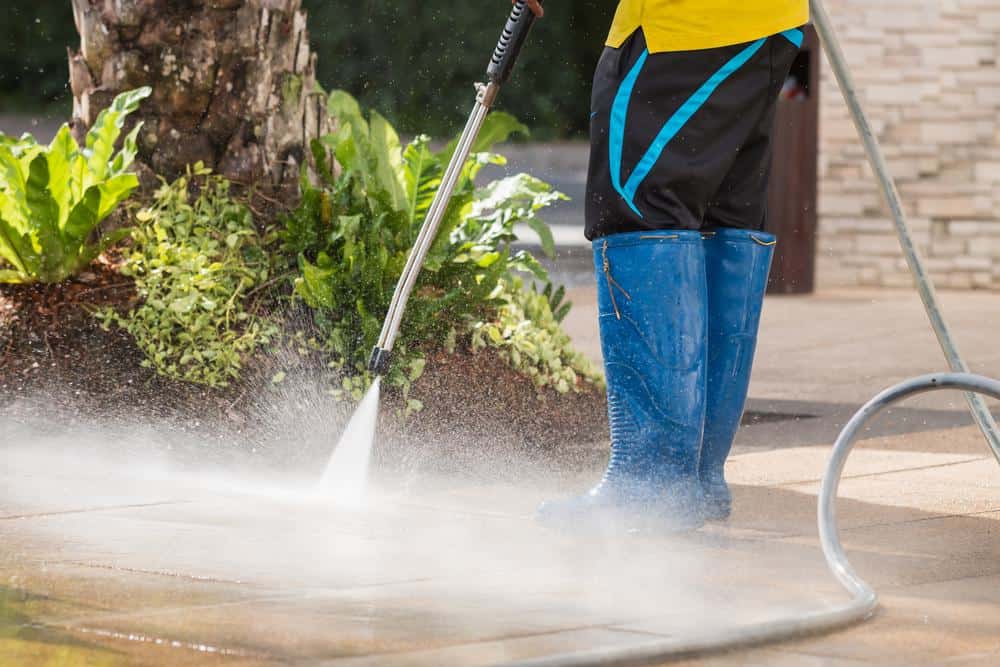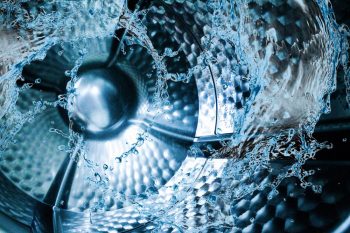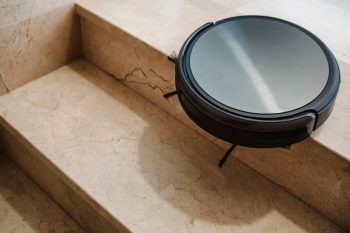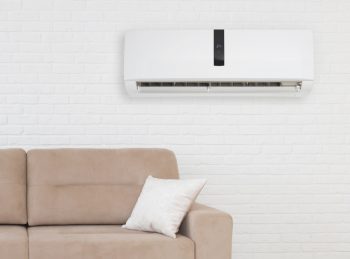
The pressure washer pump is an integral part of any pressure washer. It’s the heart that pumps water through the system with enough force to blast away dirt and grime. But like any piece of equipment, it can start to wear down over time, leading to issues such as inconsistent pressure, leaks, and even complete failure. That’s why it’s crucial to know how to test your pressure washer pump to ensure it’s working correctly and efficiently.
To test a pressure washer pump, first prepare the pump by checking the oil level, inspecting the inlet filter, and connecting the water supply. Attach a pressure gauge to the pump or spray wand. Turn on the pressure washer and observe the pressure gauge. The operating pressure should be consistent while the trigger is engaged. Check for leaks and pressure issues. If the pressure is consistent and within the manufacturer’s specifications, your pump is in good shape. If not, you may need to do some troubleshooting.
Signs Your Pressure Washer Pump Needs Testing
Before we dive into the process of testing the pump, it’s essential to know the signs that may indicate a problem. These include:
- Water leaks: If water is leaking from the pump, it may be due to worn or broken internal piston seals.
- Oil leaks: Oil leaks from the pump could be due to damaged seals, gaskets, or pistons.
- Inconsistent pressure: This can indicate a lack of water going through the pump or a faulty unloader valve.
- Low pressure: Low pressure is often due to worn O-rings or a blocked inlet valve.
- Loud noises: These could be due to low oil levels in the pump.
Tools Needed to Test a Pressure Washer Pump
Before you begin testing, you’ll need some tools:
- Pressure gauge: This tool measures the pressure output of the pump.
- Socket wrench set: Used to remove any necessary components.
- Small container: Used to catch washer fluid during testing.
- Clean cloth or paper towels: Used for cleaning any spills.
- Safety gloves and glasses: For your protection during the testing process.
Safety Precautions Before Testing
As with any mechanical testing, safety is paramount. Here are some precautions to take:
- Disconnect the power: Make sure the pressure washer is turned off and disconnected from any power source.
- Wear safety gear: This includes safety glasses and gloves.
- Use a clean, clear workspace: This will help prevent accidents and make the process less messy.
How to Prepare a Pressure Washer Pump for Testing
Before testing, you’ll need to prepare the pump:
- Check the oil level: Running the pump without oil can cause overheating.
- Inspect the inlet filter: A blocked inlet filter can cause inconsistent pressure.
- Connect the water supply: Make sure it’s turned on.
- Attach a pressure gauge: Connect it to the pressure washer pump or spray wand.
Steps to Perform Pressure Washer Pump Test
Now, you’re ready to test the pump:
- Turn on the pressure washer: Observe the pressure gauge. The operating pressure should be consistent while the trigger is engaged.
- Check for leaks and pressure issues: Leaks can be caused by worn or damaged seals, while pressure issues can be due to insufficient water in the pump or a blocked inlet valve.
Interpreting Test Results
Once the test is complete, you’ll need to interpret the results. If the pressure is consistent and within the manufacturer’s specifications, your pump is in good shape. If not, you may need to do some troubleshooting.
Common Pressure Washer Pump Problems and Fixes
If your test reveals problems, here are some common issues and their fixes:
- Inconsistent or low pressure: This could be due to a blocked inlet valve or worn O-rings. Clean or replace as necessary.
- Leaks: These can be caused by worn or damaged seals. Replace these as necessary.
- Loud noises: This could be due to low oil levels. Check the oil and top it up if necessary.
How Often to Test Your Pressure Washer Pump
Testing your pressure washer pump should be part of regular maintenance. It’s a good idea to test it at least once a year, or more often if you use your pressure washer frequently.
By following these steps, you can ensure your pressure washer pump is in top condition and ready to tackle any cleaning job. If you encounter any issues that you can’t fix yourself, don’t hesitate to contact a professional for help.
Frequently Asked Questions
What type of oil should I use for my pressure washer pump?
The type of oil to use can vary depending on the model of your pressure washer pump. However, many pumps use a non-detergent oil, often 30W. Always refer to the manufacturer’s instructions for the specific oil recommendation for your pump.
How do I know if my inlet filter is blocked?
A blocked inlet filter usually manifests as a decrease in pressure or inconsistent pressure. If you suspect a blockage, remove the filter and inspect it. If it’s dirty or clogged, it will need to be cleaned or replaced.
What is an unloader valve and how does it affect my pressure washer pump?
An unloader valve is a component of a pressure washer pump that diverts water flow into bypass when the trigger is not engaged. If it’s faulty, it can cause inconsistent pressure. If you suspect a faulty unloader valve, it is best to have it checked and replaced by a professional.
Can I replace the seals of my pressure washer pump myself?
Yes, you can replace the seals yourself if you’re comfortable with basic mechanical tasks. However, it’s important to ensure you have the correct replacement parts and to follow the manufacturer’s instructions carefully. If you’re uncertain, it might be best to hire a professional to avoid causing further damage to the pump.
How can I prevent problems with my pressure washer pump?
Regular maintenance is key to preventing problems. This includes regularly checking the oil level, keeping the inlet filter clean, testing the pump for consistent pressure, and addressing any leaks or unusual noises promptly. Also, always ensure the pump is properly lubricated and the water supply is adequate before use.












